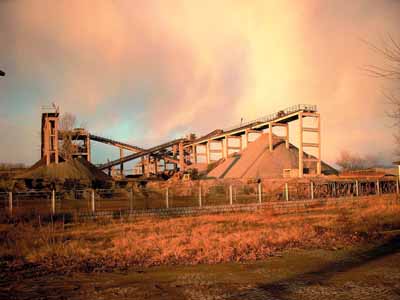Aggregates levy
Aggregates are materials that are frequently used in construction as a means of stabilising and reinforcement, typically in drainage applications and as base material under foundations and roads.
The aggregates levy is a UK tax on the commercial exploitation of certain types of aggregate. It was introduced to encourage the recycling of aggregate and is often a consideration in infrastructure and other civil engineering projects as well as the quarrying industry. In particular it applies to sand, gravel and rock that has been either:
- Dug from the ground.
- Dredged from the sea.
- Imported.
Businesses must register with HMRC if they exploit aggregate in the UK and must report the quantity of aggregate that has been produced or sold each quarter.
A flat tax of £2 per tonne of sand, gravel or rock has been applied at a frozen level since 2009, on 1 April 2024 the rate increased to £2.03 per tonne, and thereafter it will be subject to annual Retail Price Index (RPI) increases. Less is charged on smaller amounts, e.g. £1 per half-tonne, with the same tax still applied if aggregates are imported.
Tax relief may be available for aggregates that are exported or used in certain industrial or agricultural processes, or if the material is not actually used as aggregate. Materials such as soil, vegetation and other organic matter are also exempt.
For further information visit Aggregates Levy: detailed information and Environmental taxes, reliefs and schemes for businesses .
On 14 November 2023 the Scottish Government introduced and new Bill entitled 'The Aggregates Tax and Devolved Taxes Administration (Scotland) Bill' which will replace the UK Aggregates Levy in Scotland, stage 3 of the Bills progress ended on 1 October 2024.
[edit] Related articles on Designing Buildings
Featured articles and news
Confirming previously announced funding, and welfare changes amid adjusted growth forecast.
Scottish Government responds to Grenfell report
As fund for unsafe cladding assessments is launched.
CLC and BSR process map for HRB approvals
One of the initial outputs of their weekly BSR meetings.
Architects Academy at an insulation manufacturing facility
Programme of technical engagement for aspiring designers.
Building Safety Levy technical consultation response
Details of the planned levy now due in 2026.
Great British Energy install solar on school and NHS sites
200 schools and 200 NHS sites to get solar systems, as first project of the newly formed government initiative.
600 million for 60,000 more skilled construction workers
Announced by Treasury ahead of the Spring Statement.
The restoration of the novelist’s birthplace in Eastwood.
Life Critical Fire Safety External Wall System LCFS EWS
Breaking down what is meant by this now often used term.
PAC report on the Remediation of Dangerous Cladding
Recommendations on workforce, transparency, support, insurance, funding, fraud and mismanagement.
New towns, expanded settlements and housing delivery
Modular inquiry asks if new towns and expanded settlements are an effective means of delivering housing.
Building Engineering Business Survey Q1 2025
Survey shows growth remains flat as skill shortages and volatile pricing persist.
Construction contract awards remain buoyant
Infrastructure up but residential struggles.
Warm Homes Plan and existing energy bill support policies
Breaking down what existing policies are and what they do.
A dynamic brand built for impact stitched into BSRIA’s building fabric.






















